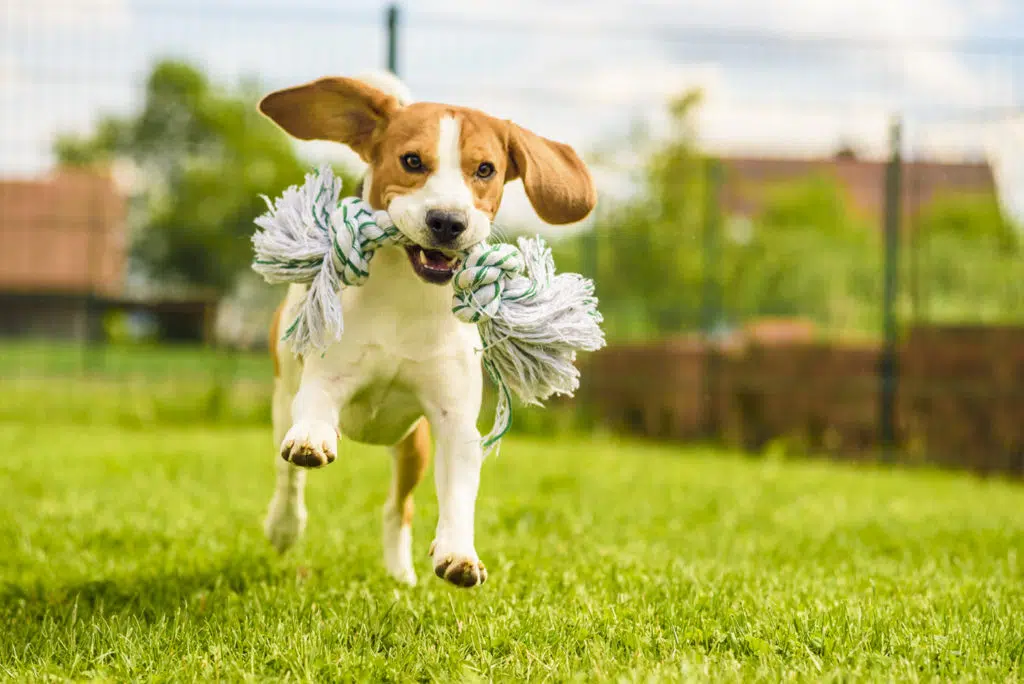Whether you’re training your dog on your own or using a professional dog trainer, here are 5 things you need in order to be successful:
- Patience patience patience – despite popular belief, dogs do not understand human language. Training a dog means a lot of repetition – you need to help your dog make the connection between what you say/do and what your dog is supposed to do or not do. Reward progress and don’t get upset over setbacks. It takes time for your dog to understand that sit means sit everywhere, not just in front of you. There will be plenty of times when you’ll need to take a step back in your training and go over something your dog supposedly already knows. Be patience and be ready to change your approach if things don’t work.
- Consistency – if you’re not consistent, you will only confuse your dog and cause frustration to both of you. As mentioned, your dog learns by repetition. If one time you say sit and the other sit down, if you don’t treat when you indicate that you would, if you say sit but your dog walks away without you correcting it. Being inconsistent in your training, and not committing to what you say and expect your dog to do, will only serve to confuse your dog and take away from its motivation to work for you. An unmotivated dog will not listen to its owner.
- Treats – though every dog is different, most dogs will work for food treats. However, not every dog likes every treat and different treats will have different value to your dog. Good behavior/good responses deserve a high level treat to inform your dog it did what you wanted. Experiment with different treats and keep a variety to keep it interesting for your dog to do its best. Remember, the more distracting the environment is, the higher the value of the treat must be to keep your dog motivated on what you want and not on what’s going around it.
- A training plan – have a plan of what you want to achieve with your dog and how to do it – what to teach first and how to make the necessary adjustments if something doesn’t work. Start simple and build on the knowledge. It’s not impossible to train your dog by yourself, there are plenty of resources out there, however it is always a good idea to consult a professional trainer if things don’t work the way you expected them to, or if your dog has behavioral problems you are trying to solve.
- Understanding when and how to correct your dog – your dog needs to know when he did something good but also when his performance was not what you asked for – it’s all about the timing and the correction. Most people imagine correction as a harsh yank on the leash but in reality, most corrections are either verbal or a tug on the leash. No correction should ever be painful for your dog or cause it to fear or develop anxiety. Most times, a firm “Hey” or a tug will be enough to inform your dog its behavior is not what you want. Take note that there are some training methods that do not use corrections at all. If you plan on working with a professional trainer, always ask what kind of correction they intend on using, if at all. There is no one correct way to train a dog and every trainer has his/her own style.
Keeping these 5 tools with you as you train your dog is sure to make your training successful, and fun.
